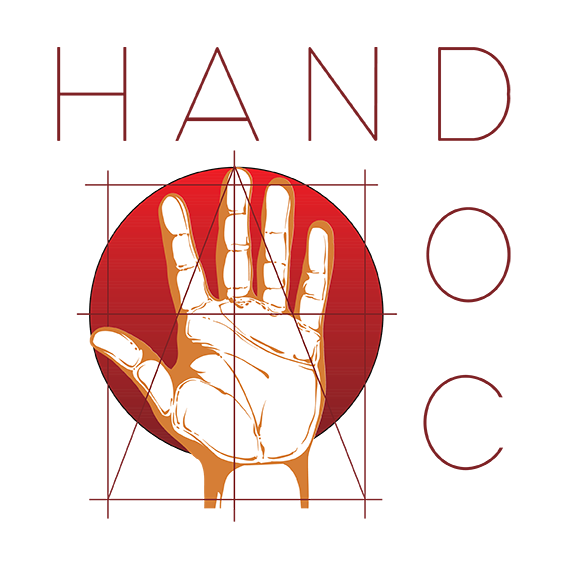Murray Williams, Cape Argus, Friday 13 August 2010
Two city surgical teams raced yesterday to re-attach a man’s hands after they were severed by an industrial hydraulic guillotine.
The accident happened just before noon at the paper factory where he works in Beaconvale in the Parow Industria area.
But thanks to the rapid response of the paramedics and emergency treatment by a team of surgeons at Life Vincent Pallotti Hospital, the mans’ hands were we-attached by 9:30pm.
The man’s relatives have asked that his identity be kept private while he is recovering.
After the accident, ambulances rushed to the scene.
Metro paramedic Michele Kings said: “On our arrival, there was an ambulance already there and they were trying to stop the bleeding from both extremities.
“Someone at the facility had put the tourniquet on to try to stop the blood, and the machine had been switched off. Bit there was a lot of blood around.
‘The hands were still in the machine, and they were removed by Netcare 911 paramedic, Ryan Bell, who put them into moist saline dressings and then in turn into a packet.
“We couldn’t (find ice) from any of the companies in the area, so we used a frozen water bottle to keep the hands cold.
“The man was put on an IV line, and on oxygen, and ECG monitors, and we raced him to the hospital,” said Kings.
A team of four doctors– two plastic surgeons, Alexander Zuhlke and Andrew Bruce-Chwatt, orthopaedic surgeon Ian Koller and specialist hand surgeon Mike Solomons– were on standby.
Solomons explained today: “Our first concern was the patient – life is more important than limb.
“Once we got him into theatre, he needed a lot of blood; about 10 units.
“The next concern was the ischaemia time – the time during which a body part is disconnected from the body.
“Because the hand has a lot of muscle in it, the warm ischaemia time is around 4 hours.
“But this guy had two good things in his favour. First, it was a clean cut; it was not a crush injury.
“And second, the correct protocols were followed immediately after the accident. By cooling the body part, you can extend the ischaemia time.
“We worked in two teams” Solomons said.
“The surgical priority is to re-attach the bone, then to reconnect the artery and veins, and finally to re-attach the nerves and tendons.
The operation lasted around seven-and-a-half hours.
Solomons said the main remained in “deep anesthaesia” following the operation.
He warned that the next three to five days would be crucial.
“The the hands survive, then the worst will be over.”
The mean will also need “a lot of rehabilitation to restore the patient close to normal function”.
Despite these concerns, Solomons reported that the man’s condition was stable and that his hands appeared to be responding well to their re-attachment.


